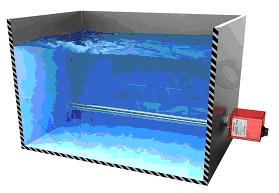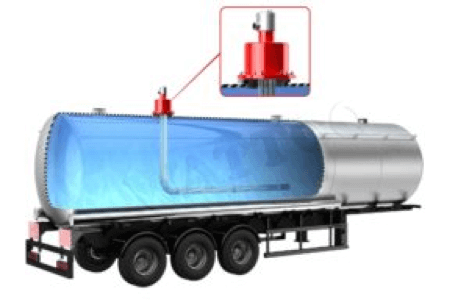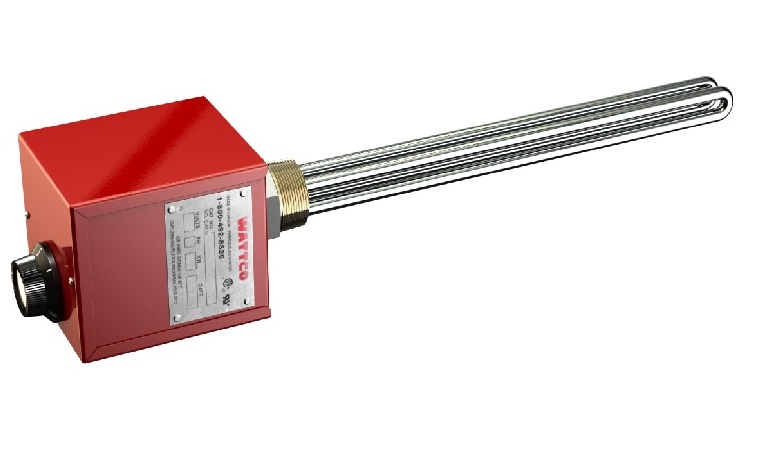The Dynamic Uses of Electric Tank Heaters
Last updated on June 22nd, 2020 at 08:27 pm
The Dynamic Uses of Electric Tank Heaters
The many benefits of electrical heating make electric tank heaters an appealing tool in the industry, as well as in private use. Electrical tank heaters offer more precise control of liquid temperature. As well as a high concentration of power, faster response and a quiet, clean process emitting virtually no chemical pollution. While there may be a somewhat higher cost of energy consumption in electric heating, the cost is mostly offset by the higher efficiency not seen in direct fuel heating. Water heating by electricity is generally achieved through the use of immersion heating systems that are directly inserted into the water tank. These systems promise fast heating time, high levels of efficiency and minimal maintenance requirements. Making them ideal in industries requiring fast heat up time. For example, industries that make use of large-scale chemical processes, petrochemical tanks and large water containers.

Tank heater using immersion element
There are generally two components to the immersion heating system:
- An insulated electrical resistor (usually insulated with ceramic)
- A temperature sensor
The sheath material surrounding the heating system must be chosen based on the extent of corrosiveness seen in the liquid medium. There are several kinds of immersion water tank heaters.
Flanged Immersion Heater
The flanged immersion heater uses direct heat application to the liquid medium and involves the combination of several different alloys to minimize the effects of corrosion on the system. The flanged heater is commonly seen in industries involving lubricant oils, heavy and light oils, as well as mildly corrosive liquids and soap and detergent solutions. Titanium sheath materials are ideal for heating a highly corrosive liquid medium. However, stainless steel can be used in industries that require sanitary precautions, such as in processing food.
Screw Plug Heater
The screw plug immersion heater is drilled directly into the water tank or else installed into a pipe. These water tank heaters are ideal for smaller scale industries, such as in food and beverage processing, laboratory clinics, hydraulic oils and flammable liquids. Screw plug heaters can also be used in heating of gas mediums.
Circulation Heater
Circulation heaters involve a pump that recirculates the liquid medium through a closed loop system. These systems must take the viscosity of the liquid medium into consideration. Circulation oil tank heaters often use steel as the sheath material, as it is fairly inexpensive compared to its stainless steel counterpart. These systems are common in industries dealing with lube oil and waste oil.
Over-The-Side Heater
Finally, the over-the-side heaters make use of several tubular elements, as well as a water-resistant terminal housing system. They can be made to fit both standard and non-standard tank sizes. This is a cost-effective heating system, with many practical uses in the petroleum and chemical industries. These systems can withstand many harsh environments due to the use of high-quality alloys in production.
 Immersion heaters have a variety of uses in other industries not yet mentioned. In the trucking industry, immersion oil tank heaters have been used as a backup system to ensure the maintained heating of reservoir oil1. Cooling of the oil can lead to engine damage due to the increased viscosity of the liquid. This prevents the oil from effectively pumping into the engine. Immersion heaters provide security in diesel-powered engines by assuring a backup heating system. Immersion heaters experience wide use in fossil fuel industries to maintain materials in their molten state.
Immersion heaters have a variety of uses in other industries not yet mentioned. In the trucking industry, immersion oil tank heaters have been used as a backup system to ensure the maintained heating of reservoir oil1. Cooling of the oil can lead to engine damage due to the increased viscosity of the liquid. This prevents the oil from effectively pumping into the engine. Immersion heaters provide security in diesel-powered engines by assuring a backup heating system. Immersion heaters experience wide use in fossil fuel industries to maintain materials in their molten state.
With the ever-growing need for energy efficiency and cost effectiveness in industry, the immersion heater is becoming more pervasive. With its broad applications seen in industries such as food, trucking, fossil fuels, oil processing, detergent synthesis and various chemical processes, the immersion heater is an indispensable necessity.
1.Frank, Kevin L. and Gehri, Aime A. “Positive Temperature Coefficient Bar Shaped Immersion Heater.” 27 October 1998.

